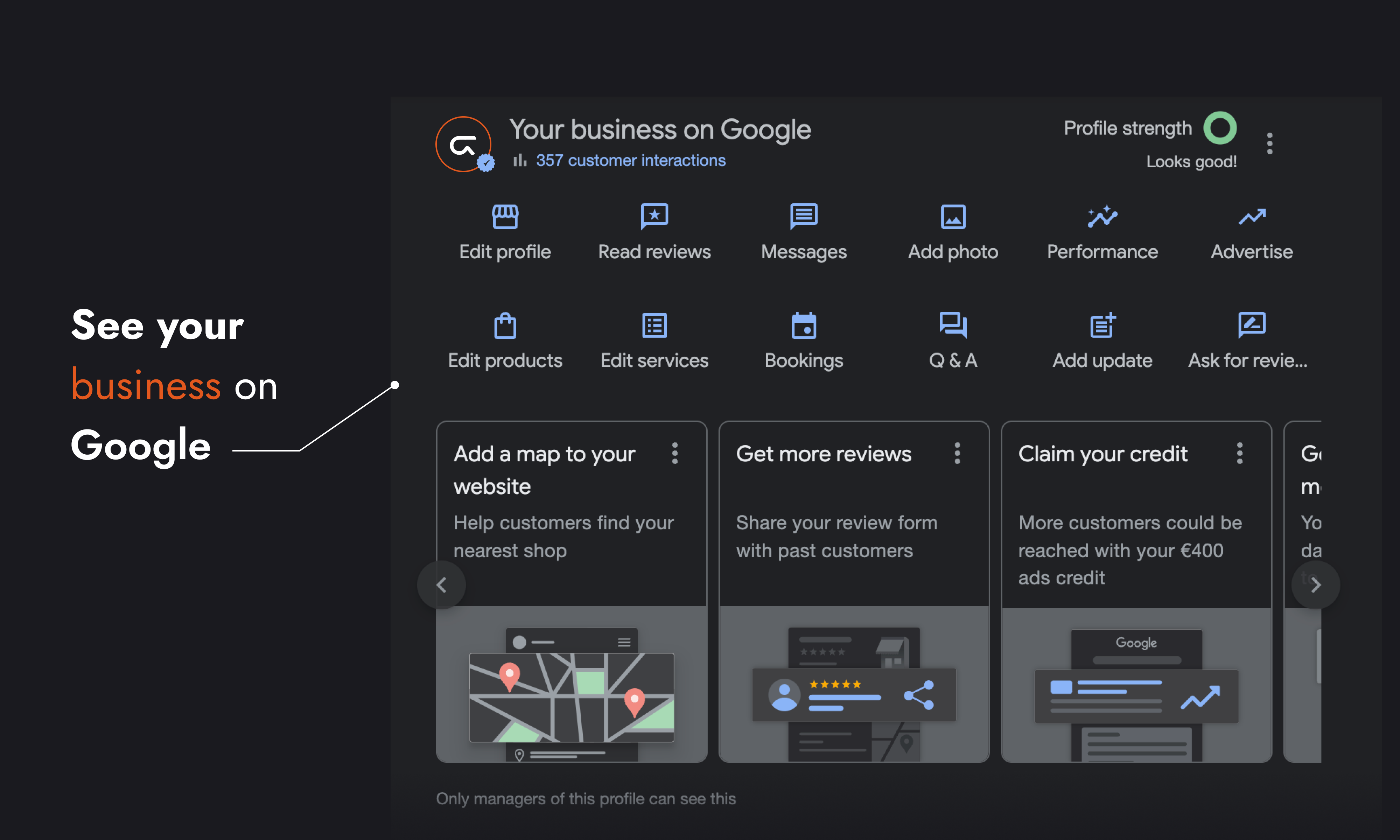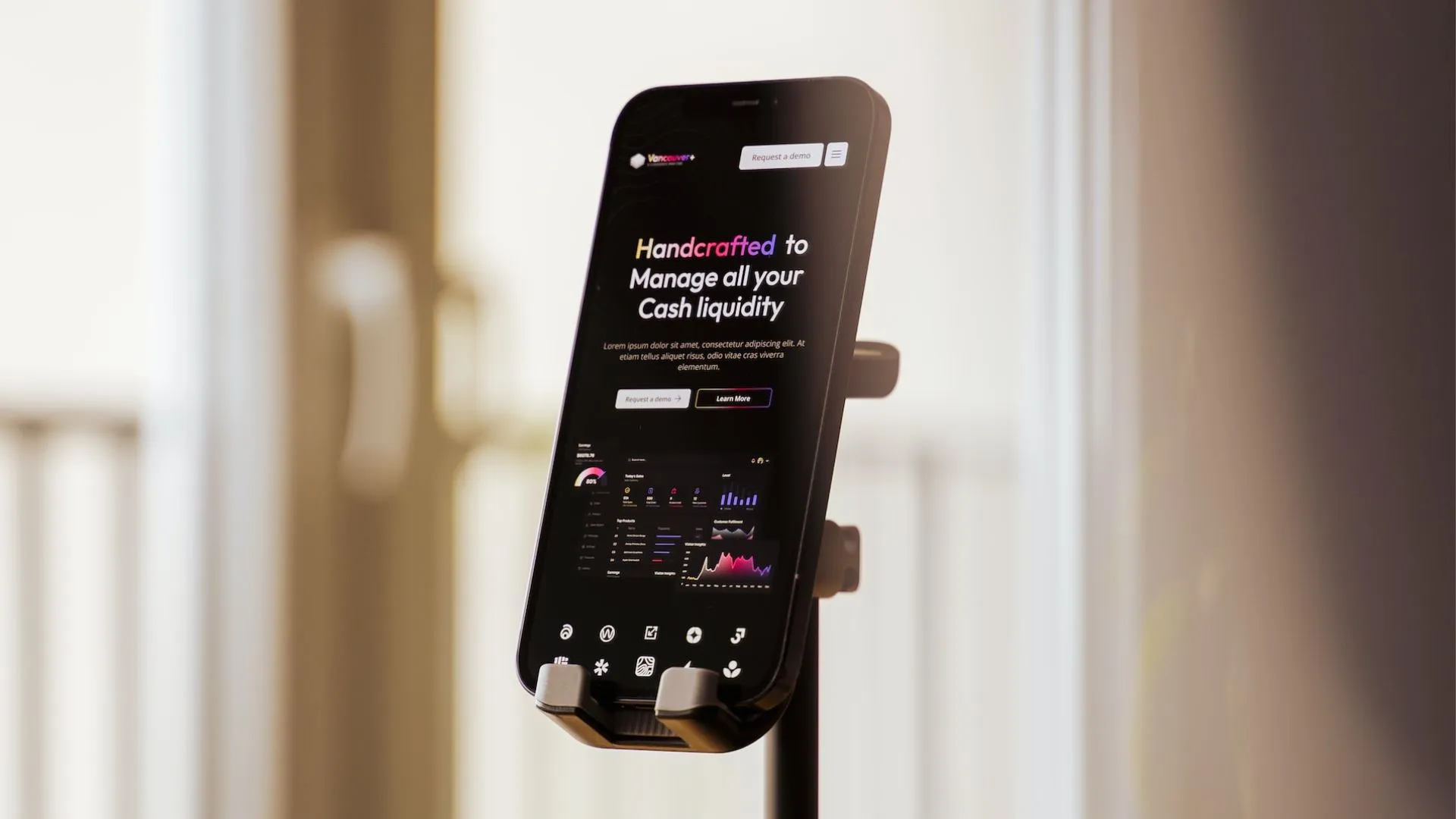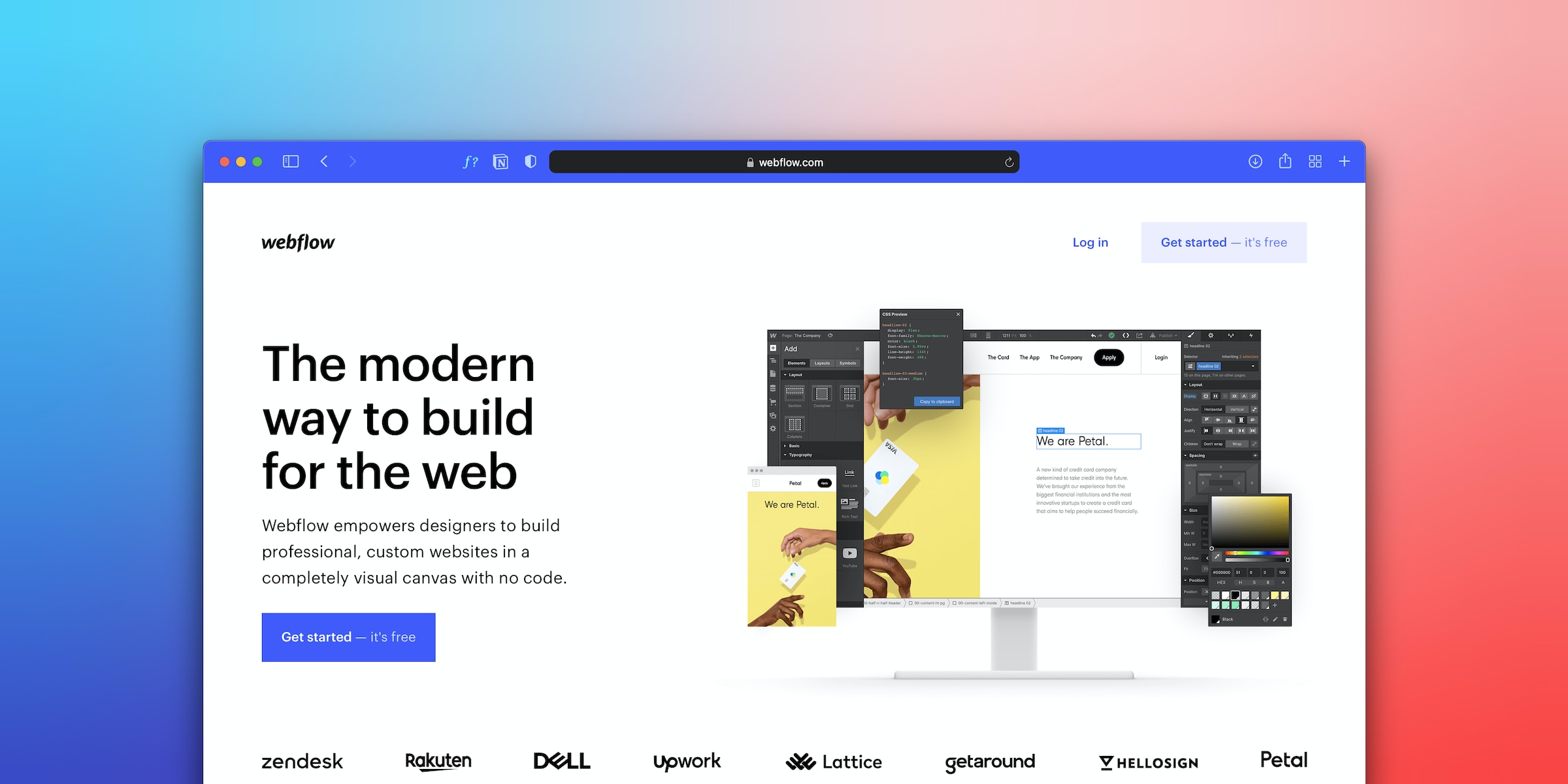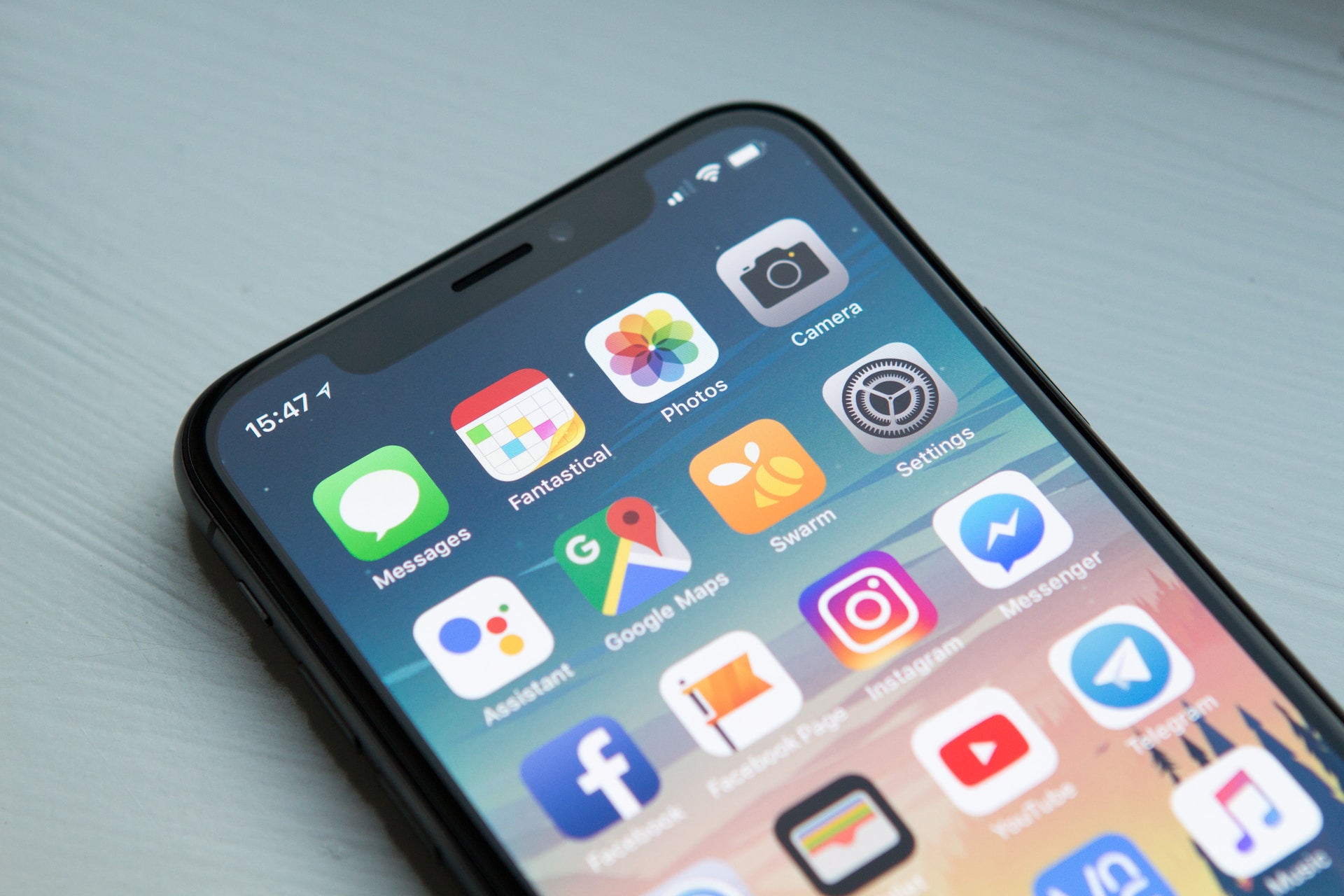How to create an Instagram campaign from start to finish?
As a business, it's crucial to keep growing in the realm of social media; it started as an opportunity but has now become a "must" for every business. To continue growing, several factors are important: the quality of the content, consistency in posting, and staying current with the times. So, it's essential for a company to regularly post engaging content online to reach its target audience. This can be done in two ways: through organic and paid posts.
An organic post means your message is displayed to your followers and thus ideally aligns with your target audience. Paid posts are simply the advertisements you often come across, suitable when you want to reach a large audience beyond your own followers.
Why advertisements?
Companies use advertisements for various reasons:
- To increase brand awareness
- To attract new followers to their page
- To promote new actions, deals, or content
- To generate leads for their main business
Organic vs. paid advertisements:
The biggest difference is that most companies don't have a reach of 500,000 and thus cannot easily share their message with a large audience, which is easily achievable through the advertising method. However, targeting via Facebook can be challenging because you don't know much about the users to whom the advertisement is being shown. Messages via organic reach, therefore, better resonate with your target audience because they already follow your page and thus indicate an interest in your product or service.
Additionally, organic reach is free, but advertisements are much more scalable. So, it's important for a company to find a balance between the two by posting regular organic content for their loyal followers alongside advertisements.
What is a business manager?
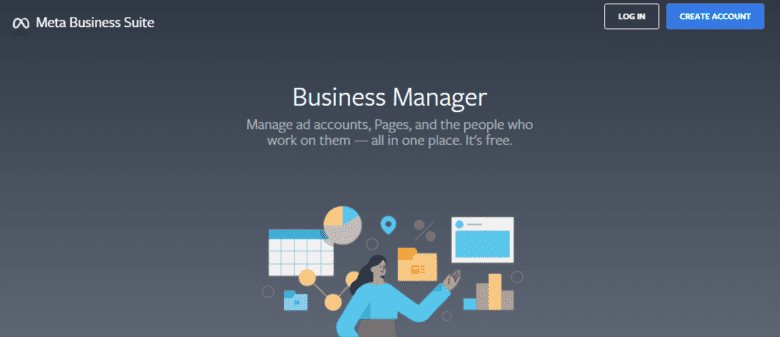
This is the center where you can manage everything for your business in terms of advertising. From here, you can directly access the ad manager by clicking on "ad management".
In the middle of the screen, you can see that the ads are categorized into 3 tabs, indicating the level of the campaign. The names already give away what they entail. On the far left, you see the "campaigns" tab where the created campaigns are organized. Next to it is "ad sets" where all your ad sets are organized. This indicates what you have targeted them on, such as target audience, age, location, whatever you want your ad to be targeted on.
Lastly, there's the "ad" tab, where "the magic happens". Here, all the different ads you create are organized, also known as the "creatives".
You can easily navigate and analyze the ad manager by looking from left to right. Start at the campaign level and then move on to the ad set and ad level. If you have many campaigns, it means you have even more ad sets. By checking the box next to the campaign, only the ad sets and ads of that campaign are displayed.
Different types of campaigns
There are various ways to display your ads, similar to how you post organic content on Instagram. There are different ways to post a photo or video on Instagram. You can use a feed post with one or more images, also known as a carousel. Additionally, you can use Instagram story or reels for advertising.
You may want to advertise only on Instagram stories or on all platforms. If so, make sure your "creative" is tailored for the different placements.
Note that different dimensions are required for the ads. A story or reel is vertical (9:16), while, for example, a timeline ad (post) has dimensions of (1080 x 1080 pixels).
How much does advertising on Instagram cost?
This is a bit of an open question because you get to fill in the amount yourself. However, the results you get depend on several factors such as whether your product/service aligns with your chosen target audience, if the right call to action is used, the landing page of the ad, the created creatives, and so on.
There are so many different things a business needs to consider, which means it's not immediately obvious that you'll profit from your ad. This is because you have to test all these different aspects to find out who your target audience is, what works and doesn't work for your target audience, and how best to approach them.
So, you can advertise from a few euros per day per ad set, and what Instagram can achieve with this depends on how you set up the ads.
How do I set up a campaign?
Here we will explain step by step how to set up a campaign, with explanations for the choices you encounter along the way.
Step 1: Choose an objective
After clicking on the green button to set up a campaign, you will be directed to this page where you choose the objective of your campaign. This depends on the type of business you have, the product or service you offer, but mainly on what you want to achieve with your campaign.
When you select one, there's also a brief explanation about it on the screen, with information about what this objective is intended for.
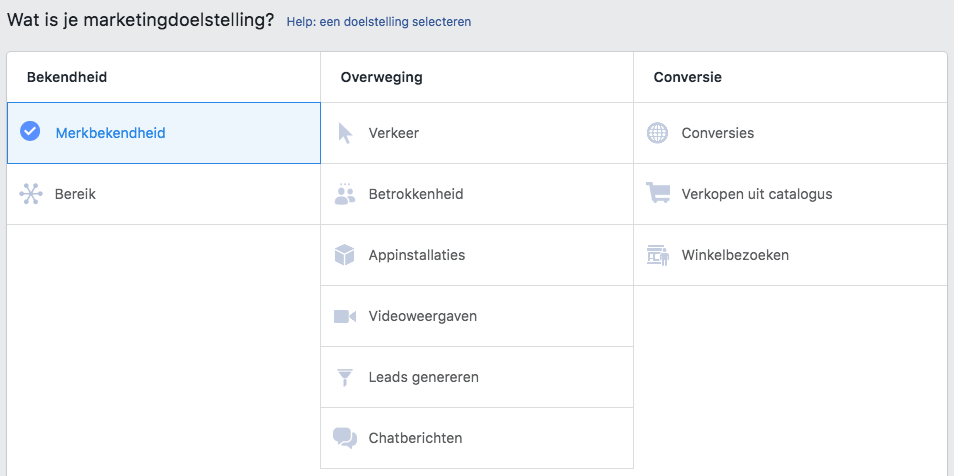
Step 2: Name the campaign
Try to be as descriptive as possible here; this makes it easier for you to distinguish between your campaigns. Additionally, you can find your campaign again later if you want to analyze your data again.
Additionally, on this page, you have the option to make your ad a "campaign budget optimization". This means that instead of giving an amount per ad set, you give a fixed amount for the entire campaign. Instagram then distributes the chosen amount across the ad sets. Instagram does this by letting the best-performing ad set spend more money and the ad set that doesn't perform well spend less.
This is useful if you already know what works for your target audience because your money is spent as efficiently as possible. But this isn't so useful in the testing phase because you don't yet know which target audience and approach work best for your business.
Step 3: Choose budget and duration
If you didn't select "campaign budget optimization" in step 1, you can enter an amount for your ad set and the duration of your ad here. Additionally, you can choose whether you want to spend a certain amount per day or whether you have an amount for the entire period; with the second option, Instagram ensures that the chosen amount is evenly distributed over the entire period.
Step 4: Define your target audience
This is the moment you set your target audience; this can be done in many different ways. You can set a different age group, gender, location, but also select people's interests. Your ad set will only be displayed to people who meet these guidelines. So, try to sketch the persona of your business and tailor your ad set to it as much as possible.
Step 5: Select where your ads will be shown
At this step, you can choose whether to give Instagram control over your ad set by selecting automatic placements. Or by choosing where your ad set will be displayed yourself, perhaps you only want to advertise on Instagram stories and reels.
From this window, you can also choose to place your ads on Facebook, or if you don't want to, you can uncheck that option. It may well be that your target audience is only on Instagram and not on Facebook.
Step 6: Creating the ads
After clicking next, you will be taken to the window where you can start composing the advertisement. The easiest way is to create your creative in advance via another program, so you only need to add it here.
You will also be faced with some choices such as: do you want an image or video? A carousel ad or promote your entire collection?
In the text boxes, you can fill in some information about your product or service, fill in what you think is necessary to attract people to your website. You can do this by specifying your product or service specifications or by just putting something fun.
While you're editing the information, you'll see a preview to the right of what it will look like as an ad. This way, you can play around with texts and how you want to approach people.
Lastly, something needs to be filled in, and that's the link of the page where the "potential customers" will be directed from the advertisement.
Everything to your liking? Then you can click on the 'publish' button in the bottom right corner and schedule the campaign. That's it 😉.
If you want to read more about tips and tricks for creating a successful advertisement? Check out our article on "tips for the best social ad campaign".





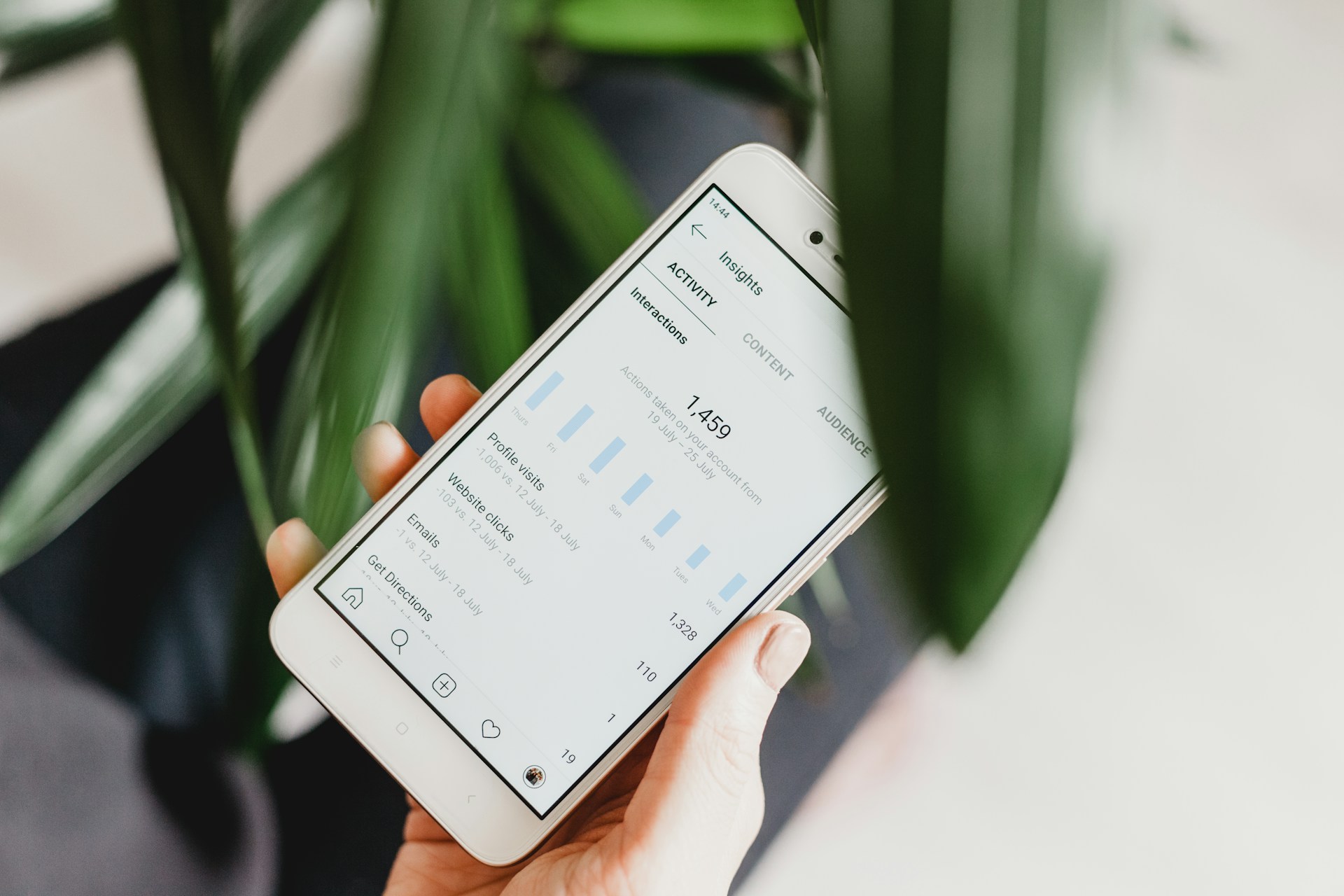

.jpeg)


%2520(1).webp)
